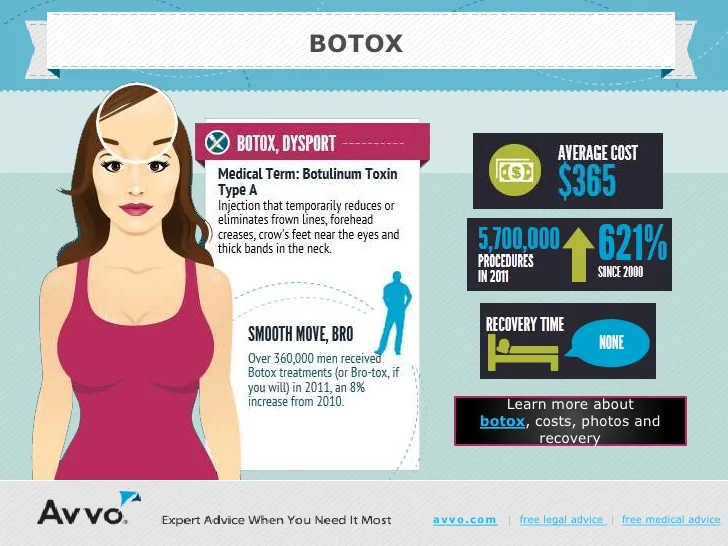Do Chemical Peels Help Acne Scars
Do Chemical Peels Help Acne Scars
Blog Article
Causes of Acne on Cheeks
Acne outbreaks in the cheek location are triggered by numerous things, from touching your face often to not altering your pillowcase usually sufficient. Picking at blemishes increases your threat of infection and scarring, and certain medicines can intensify dark places (postinflammatory hyperpigmentation).
Fortunately, there are several methods to prevent and deal with cheek acne. These include:
1. Hormone Modifications
Acne is largely brought on by hormones, especially those generated during the age of puberty and maternity. For some, a family history of acne may additionally contribute to their problem. Anything that obstructs pores, such as oil-based skin treatment items or waxy hair products, can cause acne. Different topical therapies, like benzoyl peroxide and salicylic acid, can fight germs and unclog pores. Those with severe or chronic acne ought to seek treatment from their medical professional.
Stay clear of touching or pressing your acne, as this can push a few of the germs deeper right into the skin, resulting in a more severe breakout. It is also important to change pillowcases consistently and make use of clean make-up brushes. You ought to additionally try to prevent toxic irritants such as friction from putting on a helmet or limited collar.
2. Diet
The greasy, sugary foods that many people believe trigger acne might actually refrain so. In fact, studies have actually shown that consuming a diet regimen rich in whole, nutrient-dense foods helps to avoid breakouts.
Foods high in the glycemic index (such as white bread, corn flakes, blew rice and potatoes, doughnuts and other breads) raise blood sugar degrees promptly, and this can increase hormones that increase oil manufacturing and cause acne.
Consuming alcohol cow's milk has actually additionally been connected to increased acne breakouts. If you are a regular cow's milk drinker, you might wish to try switching to low-fat or nondairy options that are strengthened with calcium. On top of that, consuming alcohol even more water can help to lower acne since it helps to keep the skin hydrated.
3. Excess Oil
While revision skin care oil is essential for healthy skin, it can become a trouble when way too much sebum blends with dead skin cells and obstructs pores. This mix can produce blackheads, whiteheads and acnes. The blocked pore wall surface can break down and spill microorganisms, dead skin cells and sebum right into surrounding skin. This causes a red bump referred to as an acne. Sometimes these red bumps have pus in the facility from a bacterial infection. Bigger infected bumps that appear like acne are called cysts.
There are several points that can cause excess sebum and clogged pores, including hormone fluctuations, diet and day-to-day routines. Some examples include touching the face often, relaxing your hand on your cheek, utilizing unclean make-up brushes and not transforming pillow cases routinely.
4. Stress
If you're taking care of throbbing pimples or a multitude of blackheads and whiteheads, it may be time to speak to a dermatologist. They can advise an effective treatment that suits your skin type. Exercising relaxation and stress-reduction methods also assists.
Acne can happen in the cheeks because of friction and stress, such as when an individual touches their face frequently or puts on a hat or sports helmet that scrubs against the skin. It can additionally appear where greasy cosmetics and lotions massage versus the skin.
Stay clear of pressing acne, as this can push infected product deeper right into the skin and lead to scarring. Rather, see a physician to learn about preventative therapies like medication, skin treatment products and way of life changes. Consuming a healthy diet regimen of whole foods, obtaining seven to 9 hours of sleep and making use of noncomedogenic makeup and skincare items can all help reduce acne outbreaks.
5. Hair Products
Hair products are not typically taken a reason for outbreaks, however they can add to acne on the cheeks in some people. Pomade acne, which is identified by small shut comedones and papulopustules, is commonly triggered by the use of oily hair products which contain comedogenic ingredients such as specific oils and acetylated lanolin.
Selecting hair products that do not include these possibly comedogenic components is a crucial action towards reducing outbreaks. Also, making sure that hair products aren't coming in contact with the skin can help avoid outbreaks. For example, putting on a scarf or hood at night can restrict hair-to-face call and lower the probability that leave-in hair items will abrade onto the face.
Along with using a non-comedogenic moisturizer and washing with an acne face clean, other practical strategies include: